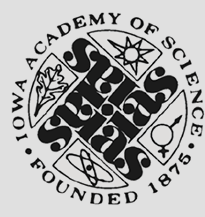Home > Iowa Academy of Science > Journals & Newsletters > Iowa Science Teachers Journal > Volume 12 > Number 4 (1975)
Document Type
Article
Abstract
Whether prepared or bought at the market, yogurt is a dairy product made from milk -- cow, mare, sow, goat, buffalo, etc. Bacteria cultures of Streptococcus thermophilus and Lactobacillus bulgaricus are added to the milk with the result that the milk sugar is split into lactic acid. The casein, lactalbumin and milk proteins are broken down into peptones and amino acids. Finished yogurt has about 200,000,000 bacteria per ml and is rich in the vitamin B complex. Yogurt making is a manifestation of microbial ecology.
Publication Date
December 1975
Journal Title
Iowa Science Teachers Journal
Volume
12
Issue
4
First Page
8
Last Page
12
Copyright
© Copyright 1975 by the Iowa Academy of Science
Language
en
File Format
application/pdf
Recommended Citation
Goss, Robert C.
(1975)
"Exotic Food from Fermented Milk,"
Iowa Science Teachers Journal: Vol. 12:
No.
4, Article 5.
Available at:
https://scholarworks.uni.edu/istj/vol12/iss4/5

